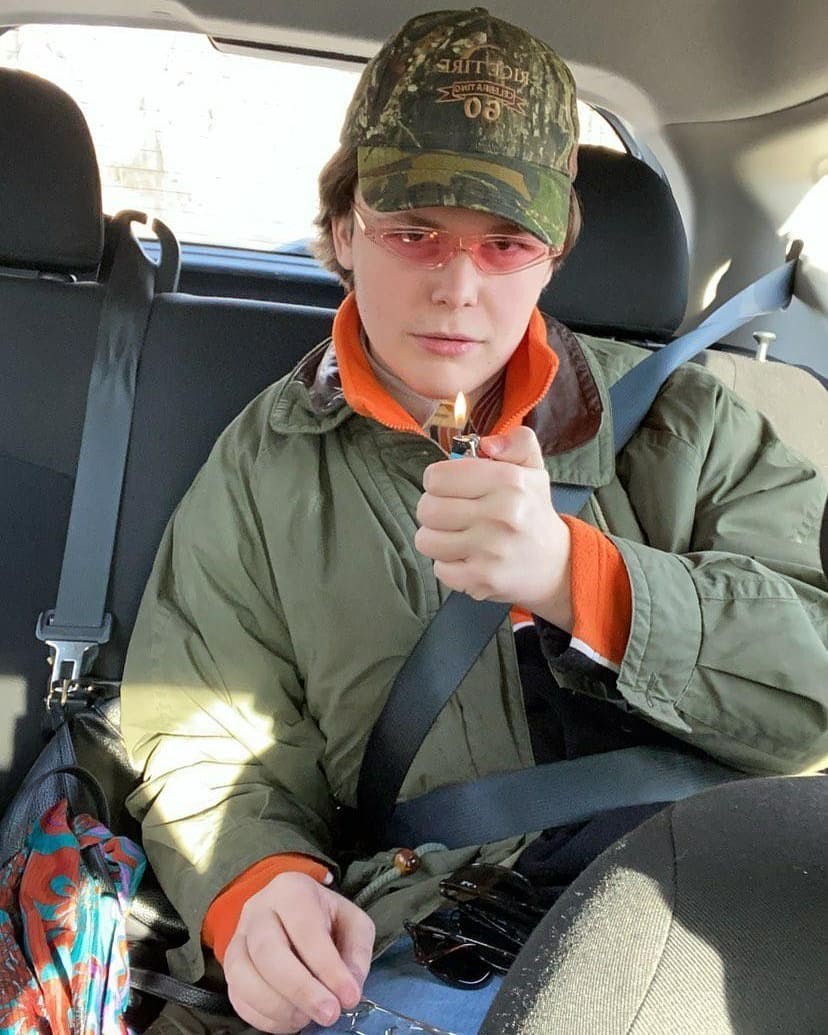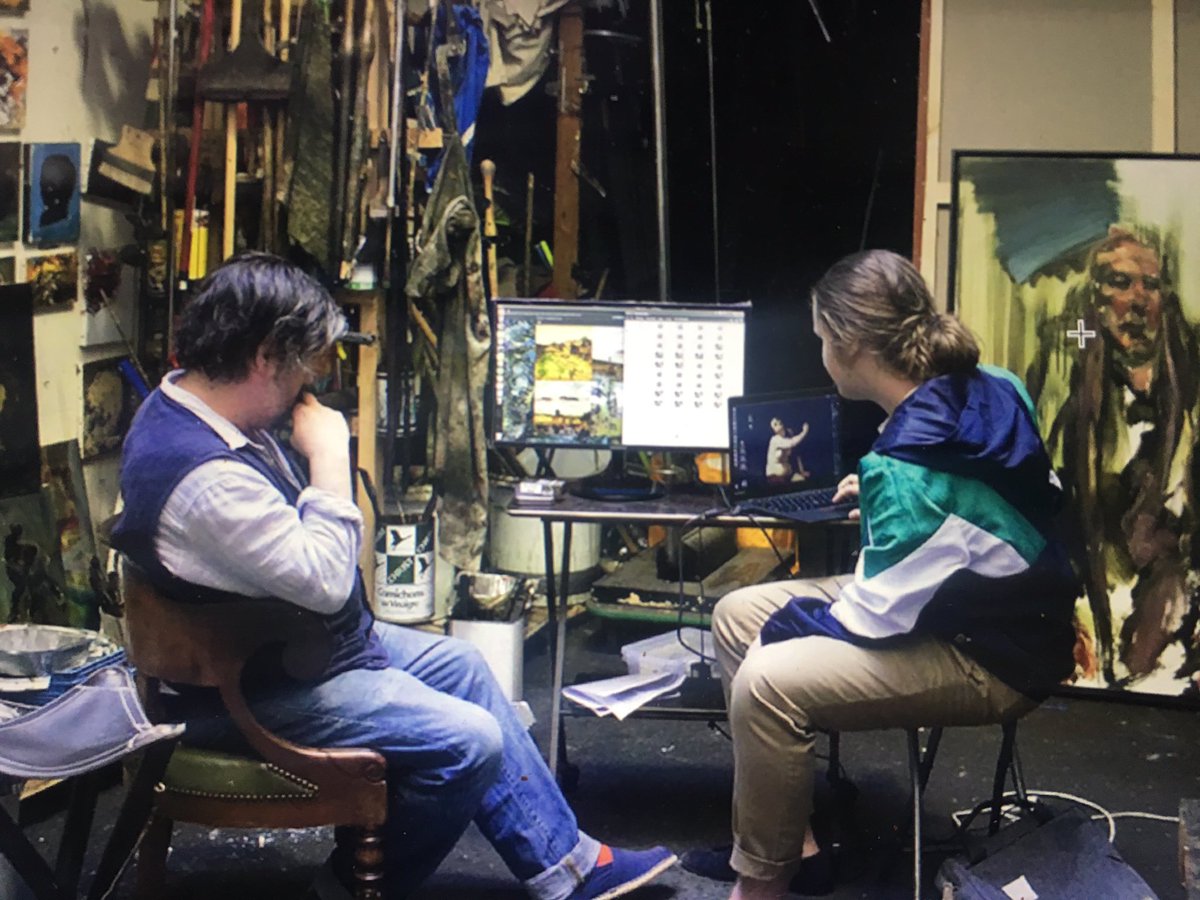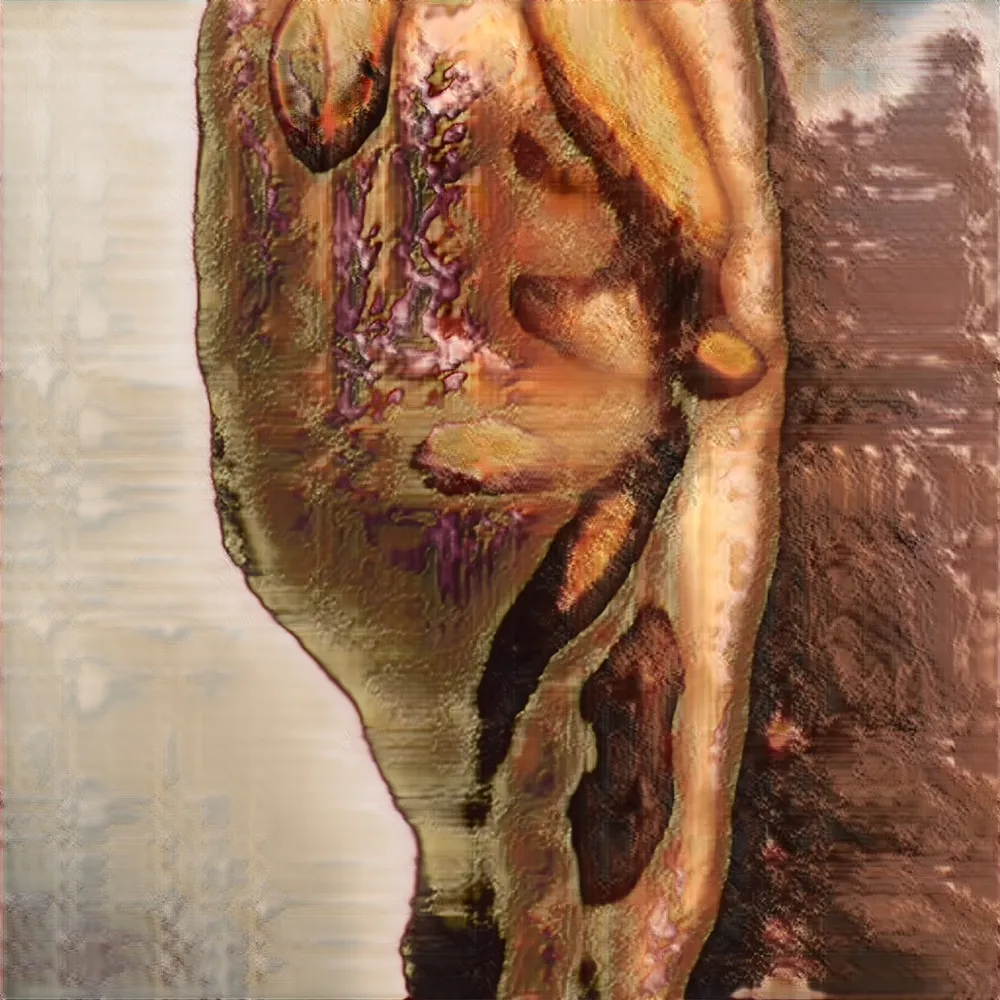The digital art market has been experiencing both highs and lows, with occasional impressive sales amid an overall bear market. Recently, the Canadian company Lighthouse Immersive Inc., renowned for its immersive art exhibitions, filed for bankruptcy in the US. Similarly, Christie’s faced its share of challenges in the digital art space when one of artist Robbie Barrat’s NFTs failed to sell at auction. This article delves into the details surrounding the failed sale, explores buyer interest in AI art, and discusses the impact of NFTs on the art market.
Robbie Barrat’s AI-Generated Art: A Staggering Success
Earlier this month, Robbie Barrat’s digital artwork “AI-Generated Nude Portrait #7 Frame #111” fetched an impressive 175 ETH (approximately $343,761) on the NFT marketplace SuperRare. This remarkable sale highlighted the intersection of art and technology, as Barrat’s piece was created using artificial intelligence (AI). Notably, Barrat’s work has previously sold for six figures, cementing his status as an innovative AI artist.

Christie’s Auction and the “Lost Robbie” NFT
Building on the success of Barrat’s previous sales, Christie’s collaborated with Gucci for the “Future Frequencies: Explorations in Generative Art and Fashion” auction. The highest starting bid was set for another Barrat work, “AI-Generated Nude Portrait #7 Frame #190”, from 2018. However, when the sale concluded, the lot remained unsold, leading to speculation about the state of the AI art market.
AI Art Market: Buyer Interest and Christie’s Perspective
Despite the unsold NFT, Sebastian Sanchez, a digital art specialist at Christie’s, remains optimistic about the AI art market’s future. He believes that real innovators in AI art are still highly respected and coveted by collectors. While some sales may experience fluctuations, Sanchez emphasises the enduring appeal of AI artists and their creations.
Navigating the Digital Art Space: Challenges for Auction Houses
This year, sales in the digital art space have been unpredictable, with occasional bright spots amid overall market volatility. Auction houses like Christie’s still find their footing in Web3, where NFTs have redefined the art market landscape. Christie’s faced the challenge of staying competitive by forgoing the buyer premium—a recognition of the auction house’s sourcing efforts—for NFTs, as valuable works are often found on various platforms.

The Art + Tech Summit and the “Lost Robbies.”
Christie’s innovative approach to exhibitions, such as the Art + Tech Summit, attempts to bridge the gap between digital Art and in-person programming. The exhibition showcased Robbie Barrat’s “Lost Robbies,” which were given out as cards during the 2018 edition in London. Over time, these cards gained value as NFTs surged in popularity, leading to claims and resales.
Robbie Barrat’s Artistic Process: Research and AI Software
Unlike text-to-image generators some AI artists use, Robbie Barrat takes a hands-on approach to his artistic process. He creates his own generative AI software, contributing to the uniqueness and creativity of his artworks. The glitchy, pale-fleshed nudes he started using this AI are captivating and intriguing artefacts of machine vision.
Conclusion
The failure to sell Robbie Barrat’s “Lost Robbie” NFT at the recent Christie’s auction has sparked discussions about the AI art market’s current state. However, experts believe that the actual value of AI art and its innovation potential remain respected and sought-after by collectors. As the digital art space continues to evolve, auction houses like Christie’s are navigating challenges to stay competitive and adapt to the dynamic world of NFTs. Despite this setback, the AI art market’s potential for growth and continued interest from enthusiasts promise exciting opportunities for artists and collectors alike.
Feature Image: Robbie Barrat, AI-Generated Nude Portrait #7 Frame #190, 2018COURTESY: CHRISTIE’S

Contributor





